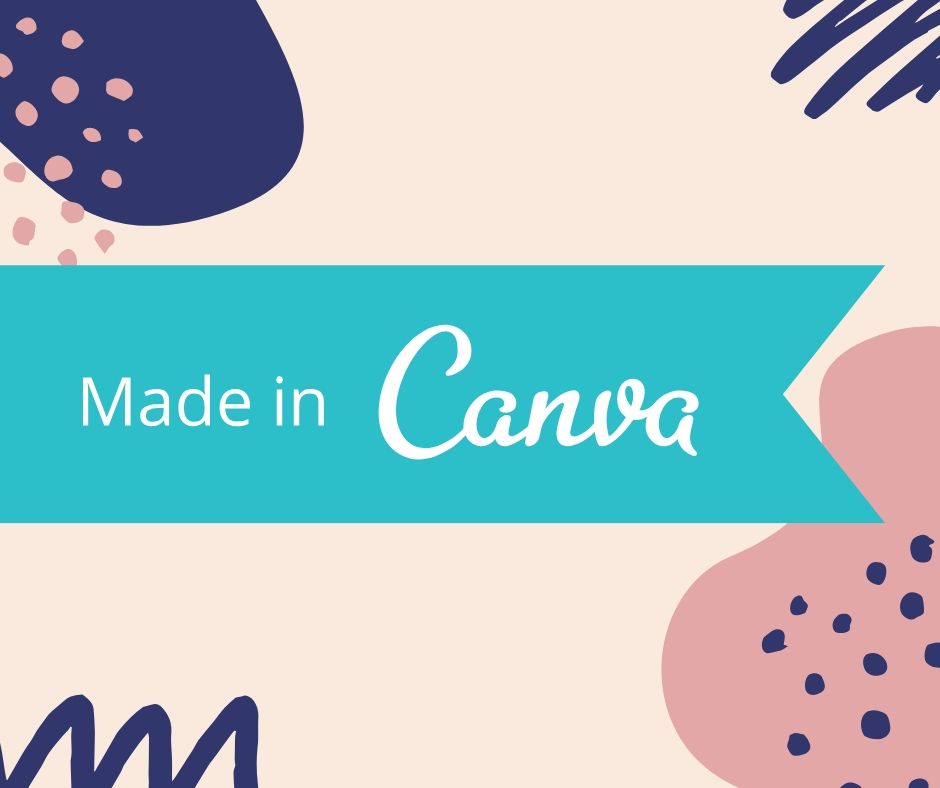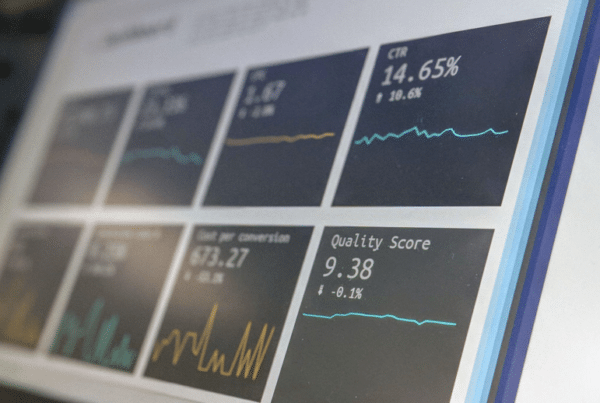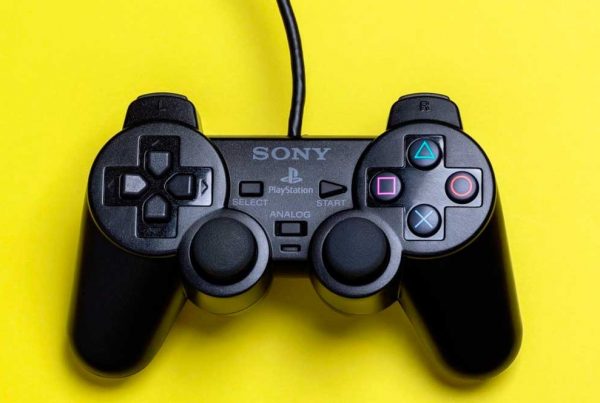You have the vision, and Canva is here to bring it to life. Turn imagination into a finished design in minutes with this step-by-step tutorial for designing from scratch in Canva.
Canva templates provide direct access to good design - they are fully customizable, so you can change colors, images, and more to suit your taste. We have tens of thousands of templates for every design need.
But sometimes you need something completely custom. How do you make sure that what you create actually looks good?
In this article, you will learn:
- How to create a design from scratch using Canva
- Quick tips to make your designs look good
- How to choose the dimensions for your design
- How to create a background for your design
- How to add text, images, and more
advise of design : Sketching an outline of your design on paper before you begin can help bring your vision to life. It doesn't need to be perfect. Consider what you would like to include in the design and where it might look best.
Clever? Let us begin.
Choose the correct dimensions for your design
Para comenzar, elija su tipo de diseño de la página de inicio de Canva. Estos se establecen en las dimensiones óptimas para cada gráfico, ya be una publicación en social networks, a steering wheel or more. Or you can use custom dimensions by searching for "custom size." You can choose between pixels, millimeters, or inches.
Choose a background
The background for your design could be a color or an image.
Background colors
Design Tip: Different colors tell different stories. Purple is associated with individuality, orange is associated with activity, and green conjures up images of nature. Think about which colors best suit your needs . For help choosing a color palette, try the tool Color combinations by Canva.
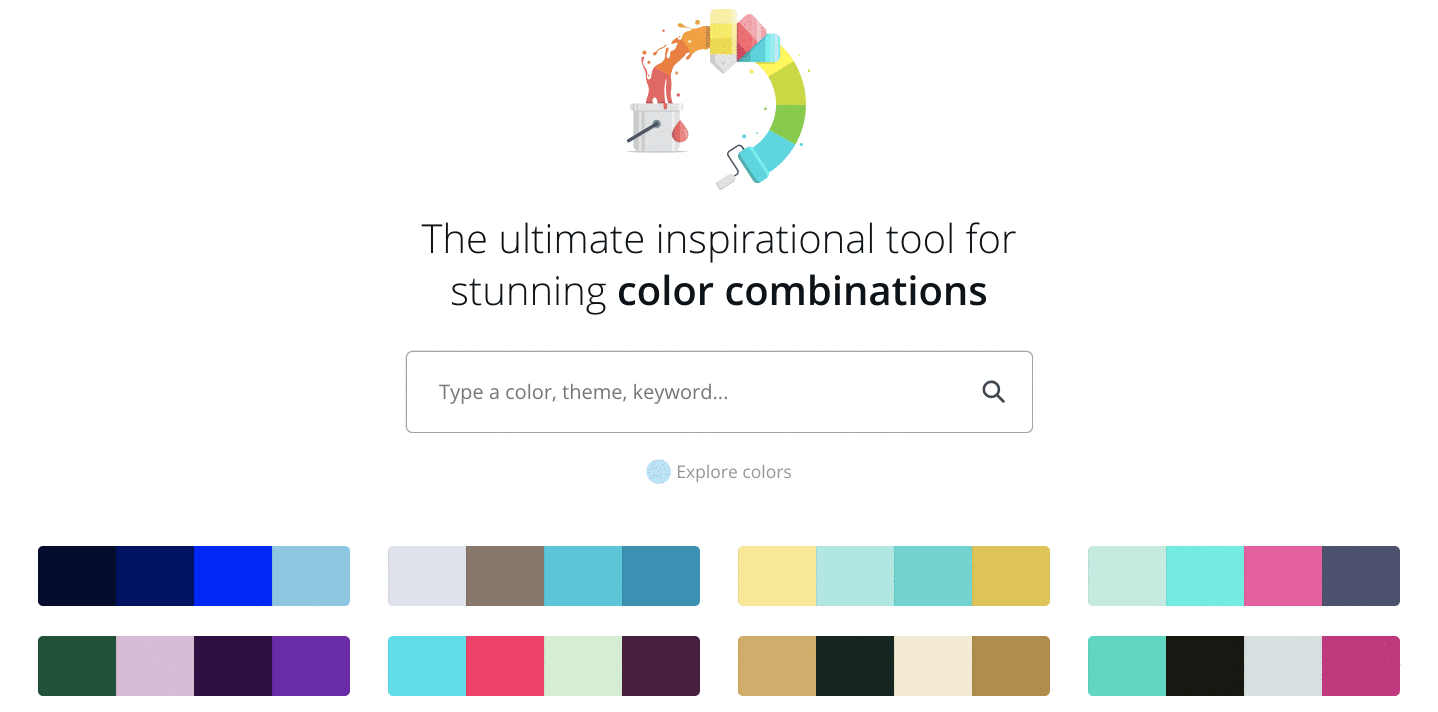 Of course, you can always use a white background as well.
Of course, you can always use a white background as well.
To choose a color, use the Color Picker tool on the toolbar at the top of the editor.
Background photos
To use a photo as a background, first add a grid. Once placed on a grid, photos can be resized, cropped, flipped, and layered to create a variety of visual effects.
Then browse images or upload your own. Then drag and drop your image onto the grid - it will snap to fit.
Can add filters to change the brightness, saturation and clarity of the photo. This can help when text and elements overlap.
Design tip - You can add background images or feature images to your layout.
A background image supports the content message. If there is too much in the background, it is difficult to overlap things like text or illustrations. When choosing a background image for your design, consider the texture over the structure. You can crop images to find texture bags that work best; this way you can also remove any gaps or features in the image that are generating too much noise.
The image below uses a close-up photograph of a rose to add textural interest to the design, but its primary function is to act as a vehicle for the text.
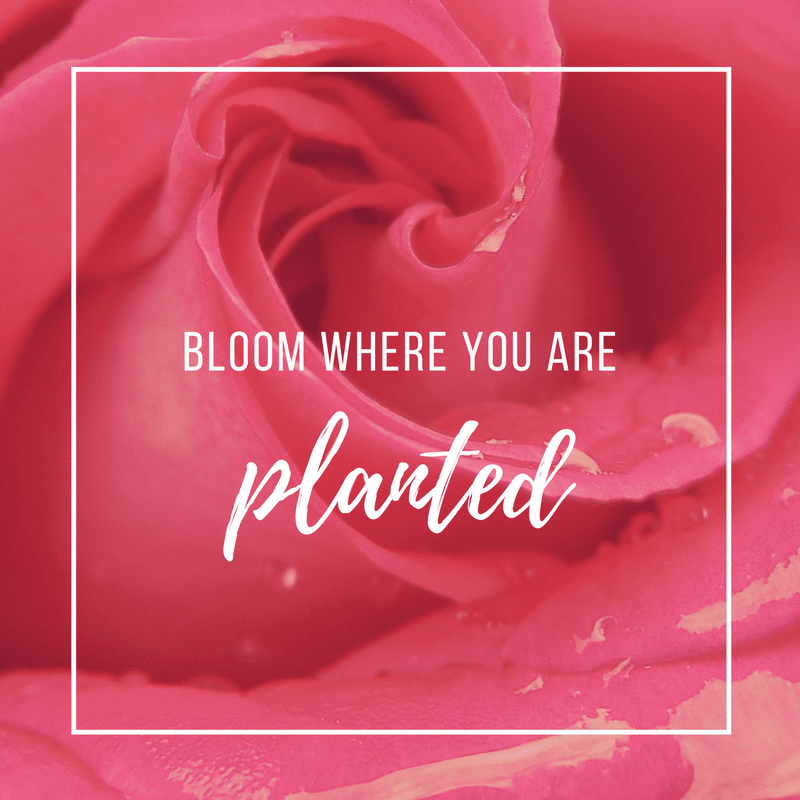
A characteristic image se becomes the focus of your design: this image ranks high in the order of visual hierarchy . Use a single or split cell grid to apply smart feature images to help your content sing.
The image below uses a grid to balance the visual hierarchy of the layout. The user's eye is drawn to the photograph.

3. Add your elements
Your design can include text, icons, photos, or illustrations. These should be combined in a way that is visually appealing.
Canva graphic designer Lynneal Santos says it's a question of balance. Consider the balance and composition of all elements in the design. When designing your elements, ask if the elements are balanced. Are they centered? And make sure they are not too close to other elements or to the edge of the page «.
Your number one tip? Keep it simple. Don't overload your design with too many elements, as it can confuse the visual message of the image. This is something designers call visual hierarchy , which implies the arrangement of the elements according to their importance. Try playing around with the size, color, and placement to see what works best.
If you want to add a photo to your design, try using one of Canva's frames. You can find them under "items" on the side panel.
Design tip : Harness the power of negative space. Negative space, also known as white space, can be any area within a design that is free of text, images, or embellishments (it doesn't have to be actually white). Designers love it because it can help create groups, add emphasis, and improve readability.
Choose the right fonts
The look of your fonts can have a big impact on your design. Take a look at this playful typeface - perfect for a fun beauty brand. Not ideal for a law firm.
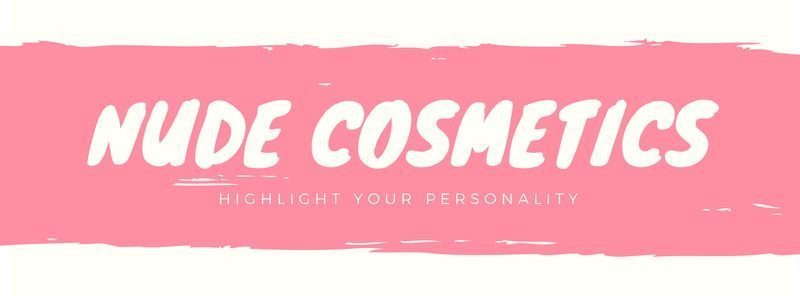
Choosing a font is quite difficult. But your design may need more than one typeface. Canva suggests never using more than two fonts in a design, as too many fonts tend to make a design look "messy." You'll want to choose complementary fonts, which add visual interest while working well together. You can learn more about which fonts look good together and why.
Canva has hundreds of preset font combinations to choose from. You can find them on the Text tab in the side panel.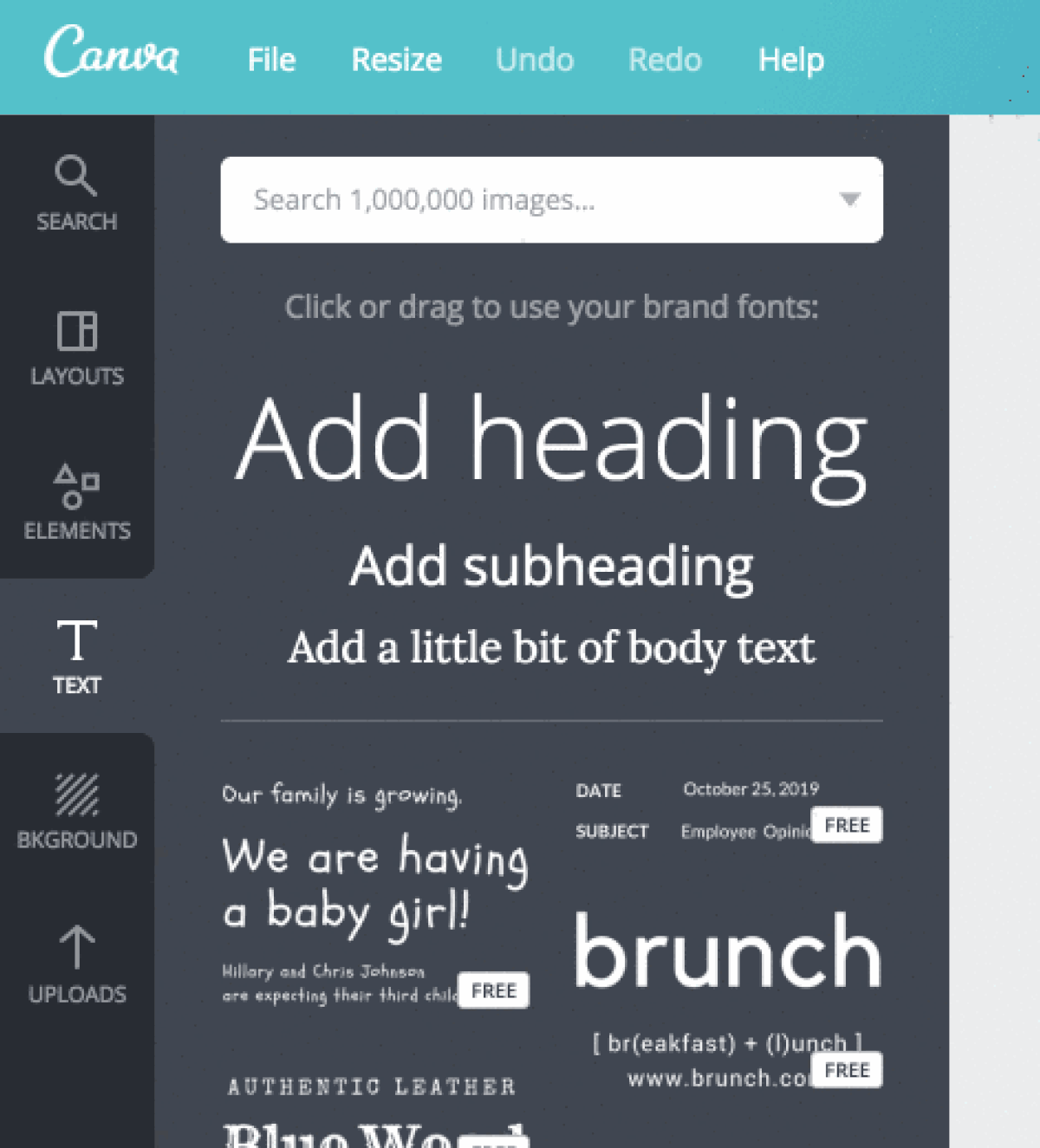 Or you can create your own combination. Again, the best is simple - if you choose an elaborate font, be sure to link it with a simpler font so that your design is balanced. The tool font combination Canva can help, and traditional combinations like a sans serif font and a serif font can be very powerful.
Or you can create your own combination. Again, the best is simple - if you choose an elaborate font, be sure to link it with a simpler font so that your design is balanced. The tool font combination Canva can help, and traditional combinations like a sans serif font and a serif font can be very powerful.
Don't forget about readability. If your fonts are too complicated, they can detract from your message.
Design tip : the typographic hierarchy establishes the order of importance given to the different design elements. By applying different fonts, colors, and scales to your text, you can dramatically change the way your message is received.
You don't have to study for hundreds of hours to be good at design. But like most things in life, it will get better with practice, so don't be discouraged if your first design isn't perfect. Instead, keep practicing and keep creating. You'll be creating shiny, polished images in no time.

